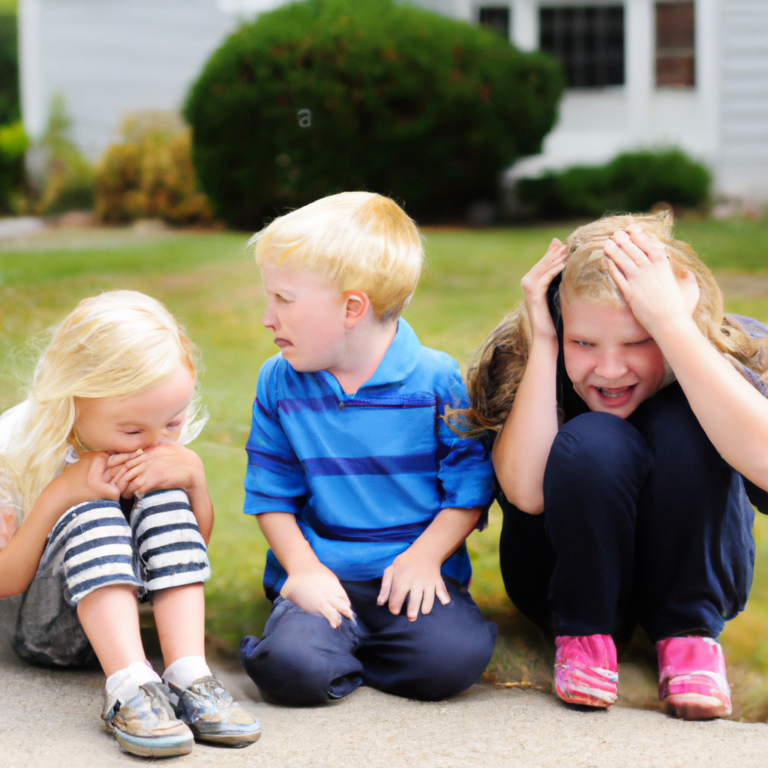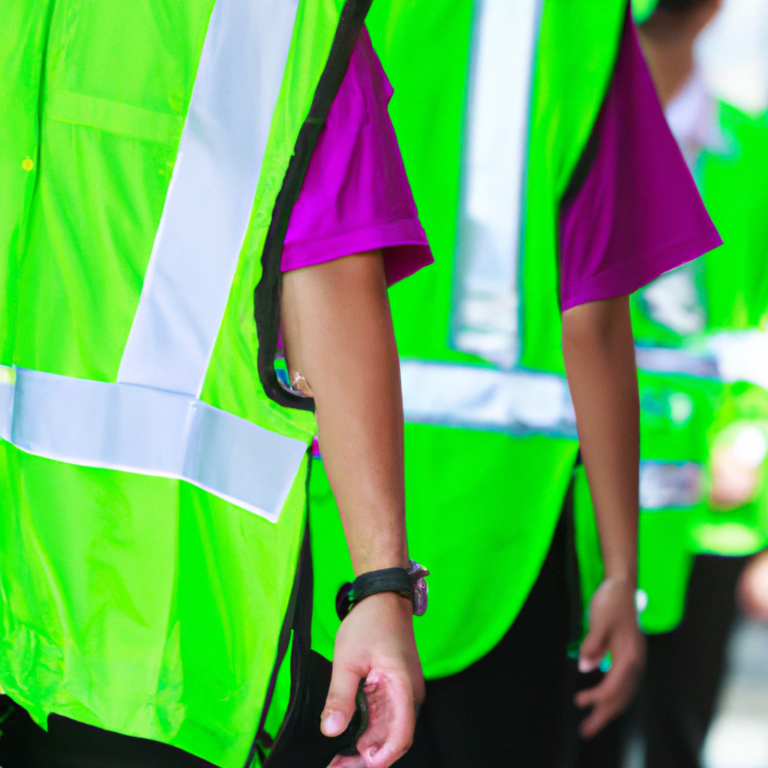Vasectomy is a commonly chosen method of permanent contraception for men in Melbourne. This comprehensive guide aims to provide you with all the essential information you need to make an informed decision about undergoing a vasectomy procedure in Melbourne. From understanding what a vasectomy is to learning about the benefits, alternatives, and recovery process, we’ll cover it all. So, if you’re considering a vasectomy in Melbourne, read on to equip yourself with the knowledge you need to navigate this important decision.
Introduction
If you and your partner have decided that your family is complete or you’ve chosen to pursue a permanent form of contraception, a vasectomy might be the right choice for you. A vasectomy is a surgical procedure that blocks the tubes, known as the vas deferens, which carry sperm from the testicles to the urethra. By interrupting this pathway, a vasectomy ensures that sperm cannot mix with semen, thus preventing pregnancy.
Understanding the details and implications of a vasectomy is crucial before making a decision. So, let’s explore the key aspects of undergoing a vasectomy in Melbourne.
Vasectomy in Melbourne: Overview
Melbourne, being a vibrant and populous city, offers a variety of options when it comes to vasectomy services. It’s important to choose a reputable clinic that specializes in vasectomy procedures and has experienced healthcare professionals. Researching different clinics, reading patient reviews, and seeking recommendations can help you narrow down your choices. By selecting a reliable clinic, you can ensure that your vasectomy procedure is performed by skilled practitioners in a safe and supportive environment.
Preparing for a Vasectomy
Before undergoing a vasectomy, you will have an initial consultation with your doctor. This consultation serves multiple purposes. Firstly, it allows your doctor to assess your overall health and discuss your medical history. Secondly, it provides an opportunity for you to ask questions, express any concerns, and understand the procedure in detail. It’s crucial to be open and honest during this consultation to ensure that your doctor has all the necessary information to guide you appropriately.
During this consultation, your doctor will explain the vasectomy procedure, including the different techniques available, such as conventional vasectomy or no-scalpel vasectomy. They will also discuss potential risks and complications, although these are generally rare. It’s important to address any concerns you may have, ensuring that you have a clear understanding of what to expect before, during, and after the procedure.
Vasectomy Procedure
On the day of your vasectomy, you will be guided through the entire process by the medical staff at the clinic. The procedure is typically performed on an outpatient basis, meaning you will not need to stay overnight in the hospital. Local anesthesia will be administered to ensure your comfort during the procedure.
The vasectomy procedure involves accessing the vas deferens through a small incision or puncture in the scrotum. The tubes are then cut, sealed, or blocked using various techniques, such as cauterization or sutures. The entire procedure usually takes about 30 minutes to an hour, depending on the complexity and technique employed.
While vasectomy is generally a safe procedure, it’s important to be aware of potential risks and complications. These may include infection, bleeding, hematoma (a collection of blood), or chronic testicular pain. However, such complications are rare, and your doctor will provide you with detailed aftercare instructions to minimize any risks.
Recovery and Post-Operative Care
After your vasectomy procedure, proper post-operative care is crucial to ensure a smooth recovery. Your doctor will provide you with specific instructions, but here are some general guidelines to keep in mind:
- Rest and take it easy for the first couple of days after the procedure.
- Apply ice packs to the scrotum periodically to reduce swelling.
- Avoid activities that may strain the groin area, such as heavy lifting or vigorous exercise, for at least a week.
- Wear supportive underwear to provide comfort and reduce movement.
- Take any prescribed pain medication as directed and follow the recommended dosage.
It’s important to remember that vasectomy does not provide immediate contraception. Sperm can still be present in the ejaculate for some time after the procedure. Your doctor will provide guidance on when it’s safe to consider yourself sterile, which usually requires multiple follow-up appointments and semen analysis.
Vasectomy: Myths and Facts
Vasectomy is surrounded by several myths and misconceptions. Let’s debunk some common ones to provide you with accurate information:
Myth: Vasectomy affects sexual performance.
Fact: Vasectomy does not impact sexual desire, performance, or ejaculation. It only prevents sperm from entering the semen, ensuring contraception.
Myth: Vasectomy is a complicated and risky procedure.
Fact: Vasectomy is a relatively simple and safe procedure. Complications are rare, and the risks are minimal when performed by an experienced healthcare professional.
Myth: Vasectomy is irreversible.
Fact: While vasectomy is considered a permanent form of contraception, it is possible to reverse it through vasectomy reversal procedures. However, vasectomy reversal may not always be successful, and it’s important to consider vasectomy as a permanent choice.
Benefits of Vasectomy
Vasectomy offers several benefits as a contraceptive method:
- Highly Effective: Vasectomy is one of the most reliable contraceptive methods, with a success rate of over 99%. Once the procedure is complete and confirmed through semen analysis, the chances of pregnancy are extremely low.
- Permanent Contraception: Unlike other contraceptive methods that require regular maintenance or usage, vasectomy provides a permanent solution to contraception. It eliminates the need for other forms of birth control and offers long-term peace of mind.
- Minimal Long-Term Side Effects: Vasectomy has minimal long-term side effects. The procedure does not affect libido, sexual pleasure, or hormone levels. Once you have fully recovered from the procedure, there should be no noticeable impact on your daily life or sexual activities.
- Affordability: When compared to the long-term costs of other contraceptive methods, such as birth control pills or condoms, vasectomy can be a cost-effective option. While there may be upfront expenses associated with the procedure, it eliminates the need for ongoing expenses related to other methods.
Alternatives to Vasectomy
While vasectomy is an effective and permanent contraceptive option, it may not be suitable for everyone. It’s important to explore alternative options and discuss them with your healthcare provider to determine the best choice for you. Some common alternatives to vasectomy include:
- Condoms: Condoms are a widely available and easily accessible method of contraception. They provide a barrier between sperm and the cervix, preventing fertilization.
- Hormonal Methods: Hormonal methods, such as birth control pills, patches, injections, or implants, are available for women. These methods use hormones to prevent ovulation and thin the uterine lining, making it less likely for pregnancy to occur.
- Intrauterine Devices (IUDs): IUDs are small, T-shaped devices inserted into the uterus to prevent pregnancy. They can be hormonal or non-hormonal and offer long-term contraception without the need for daily maintenance.
- Female Sterilization (Tubal Ligation): Tubal ligation is a surgical procedure performed on women to block or seal the fallopian tubes. This prevents eggs from reaching the uterus and being fertilized.
It’s important to discuss these alternatives with your healthcare provider, considering factors such as effectiveness, convenience, and any specific medical considerations.
Counseling and Support
Deciding to undergo a vasectomy is a personal and often emotional decision. It’s essential to seek support from your partner, family, or friends during this time. Openly discussing your feelings, concerns, and expectations with your loved ones can provide you with the emotional support you may need.
Additionally, some clinics offer counseling services specifically tailored to individuals considering or undergoing a vasectomy. These services can help address any lingering doubts, fears, or anxieties you may have. By seeking counseling, you can gain a deeper understanding of the procedure, clarify any misconceptions, and make an informed decision that aligns with your personal circumstances and values.
Frequently Asked Questions (FAQs)
To further assist you in understanding vasectomy in Melbourne, here are answers to some frequently asked questions:
Q1. How long does the vasectomy procedure take? The vasectomy procedure usually takes around 30 minutes to an hour, depending on the complexity and technique employed.
Q2. Is vasectomy reversible? While vasectomy is considered a permanent form of contraception, vasectomy reversal procedures are available. However, the success of vasectomy reversal may vary, and it’s important to consider vasectomy as a permanent choice.
Q3. Does vasectomy affect sexual pleasure or performance? No, vasectomy does not affect sexual pleasure or performance. It only prevents sperm from entering the semen, ensuring contraception. There is no impact on libido, erections, or the ability to achieve orgasm.
Q4. What are the potential risks and complications of vasectomy? While rare, potential risks and complications of vasectomy include infection, bleeding, hematoma (a collection of blood), or chronic testicular pain. However, these complications are uncommon, and most individuals recover without any complications.
Q5. How soon can I resume sexual activity after a vasectomy? It’s generally recommended to wait at least a week before resuming sexual activity after a vasectomy. This allows sufficient time for healing and reduces the risk of discomfort or complications. However, it’s always best to follow the specific guidelines provided by your doctor.
By addressing these commonly asked questions, we hope to provide clarity and alleviate any concerns you may have had regarding vasectomy in Melbourne.
Conclusion
A vasectomy in Melbourne offers a reliable and permanent form of contraception for men. By understanding the procedure, benefits, recovery process, and available alternatives, you can make an informed decision that aligns with your personal circumstances and goals. Remember to choose a reputable clinic, have open discussions with your healthcare provider, seek emotional support if needed, and consider all the relevant factors before proceeding. With the comprehensive information provided in this guide, you are empowered to make a well-informed decision about vasectomy in Melbourne.
…
Read More






